
Let's talk Pekingeses
Bow down to the Pekingese. This toy-sized canine, once the favoured companion of Chinese royalty, struts around in a dignified manner with a regal air. Once you’ve earned the trust of a Pekingese, and shown respect for their independent temperament, an affectionate and loyal dog awaits you. Wary of strangers, they make excellent watchdogs by putting their bark to good use. The Pekingese likes to avoid boisterous activity, so tends to bond best with teenagers and adults. With a Pekingese, you always get back what you give.Official name: Pekingese
Other names: Lion Dog
Origins: China

| Drooling tendencies |
|
Warm weather? | |
| Shedding level |  |
Suited to apartment living? | |
| Energy level (high, low, medium) *: | Low | Family pet? * |
 |
| Compatibility with other pets |  |
Can stay alone?* |
* We advise against leaving pets alone for long stretches. Companionship can prevent emotional distress and destructive behaviour. Speak to your veterinarian for recommendations.
Every pet is different, even within a breed; this snapshot of this breed’s specifics should be taken as an indication.
For a happy, healthy and well-behaved pet, we recommend educating and socialising your pet as well as covering their basic welfare, social and behavioural needs.
Pets should never be left unsupervised with a child.
All domestic pets are sociable and prefer company. However, they can be taught to cope with solitude from an early age. Seek the advice of your veterinarian or trainer to help you do this.
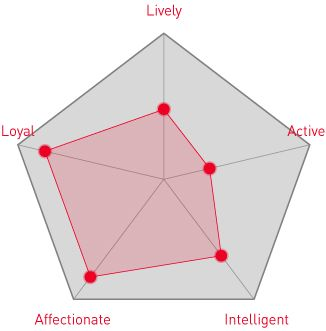

| Baby age: | Birth to 2 months |
| Puppy age: | 2 to 10 months |
| Adult age: | 10 months to 8 years |
| Mature age: | 8 to 12 years |
| Senior age: | 12 years upwards |
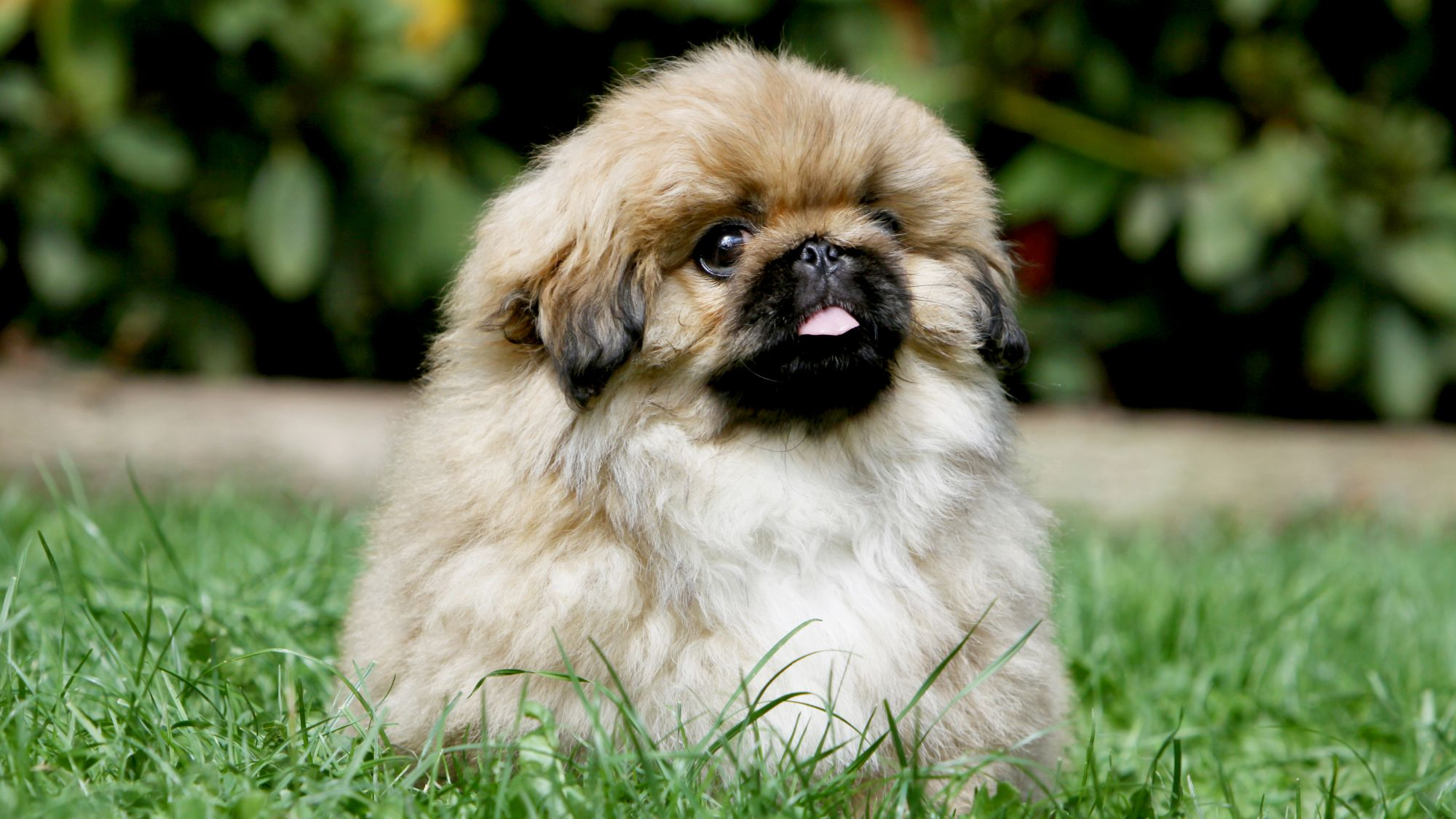
1/7
Get to know the Pekingese
All you need to know about the breed
I am Pekingese, hear me roar. The lionlike appearance of the pocket-sized Pekingese is a good indication of their true personality: Confident, stubborn and direct. They will never be the one to start a fight, but if it means protecting their owners, the Pekingese is not likely to walk away. This devotion makes them excellent watchdogs, who will signal the presence of strangers with a bark.
The Pekingese has a playful side but they don’t require much exercise. As house dogs, the Pekingese is well-suited to apartments, where they enjoy running around but nothing too taxing. Air-conditioning is a plus as the breed is particularly heat sensitive, due to their short noses and dense coat. The Pekingese will enjoy walking on a harness around the neighbourhood, especially if you live in a quiet area, which will also help with their social development.
Some Pekingese dogs may develop brachycephalic airway syndrome, also known as respiratory distress syndrome, due to their flat-faced features. This is why the condition presents itself through snuffling or snorting. However, if your Pekingese takes to fainting and/or refuses to put their paws outside, consult your vet. Treatments vary from weight control to steroids and even surgical options, depending on the Pekingese.
They love playing with other Pekingese dogs, but don’t tend to gel with other household pets without some training. The same goes for curious toddlers who may poke and prod them, causing harm without meaning to.
Once the Pekingese has your trust they will reveal their big heart and goofy side. So, if you’re looking for an affectionate and loving canine companion who doesn’t require strenuous daily exercise, then the Pekingese may well be the breed for you.
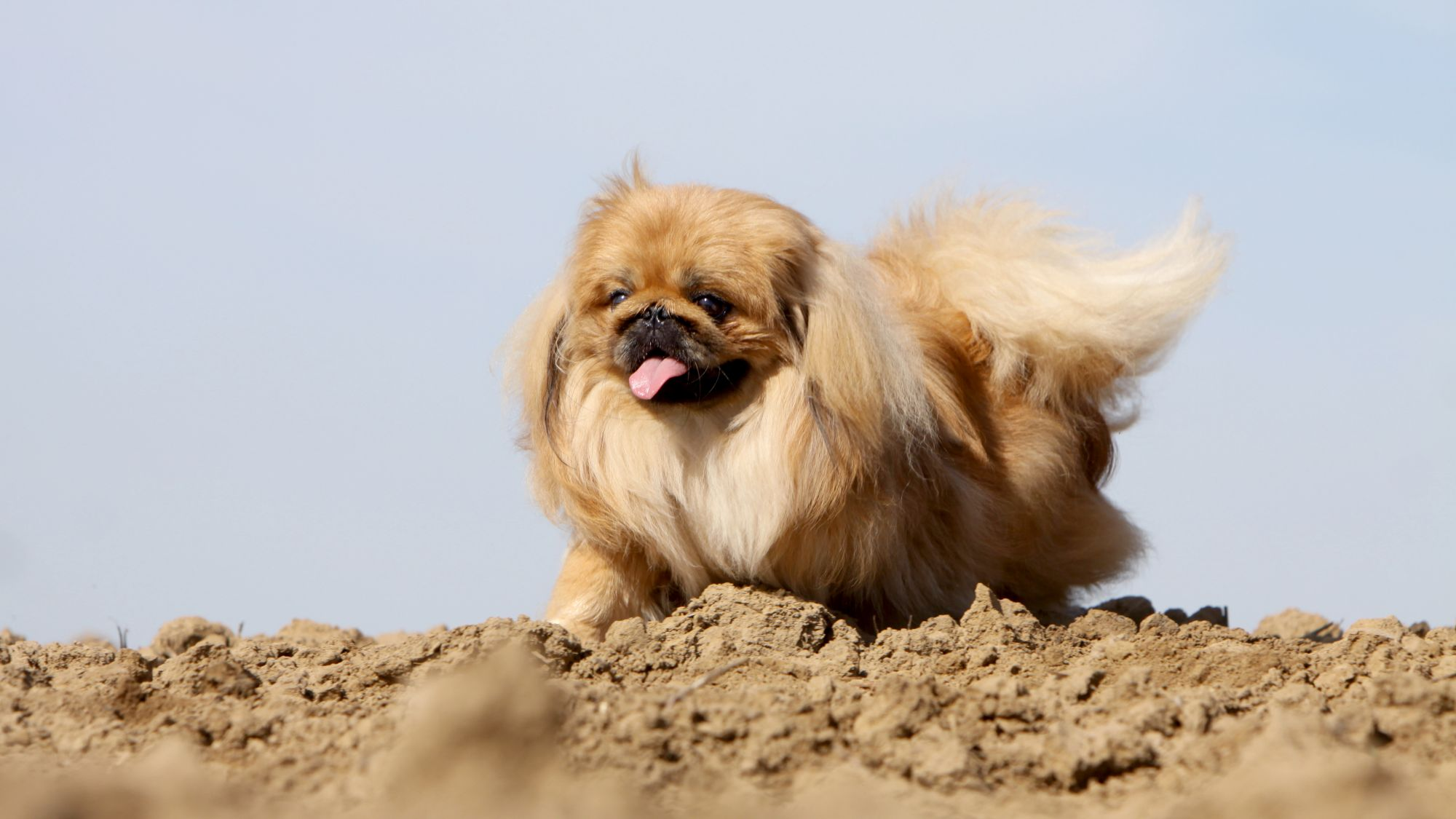
2/7
2 facts about Pekingeses
1. The King & I
Named after the city of Peking, this breed was the preferred canine companion to Chinese royalty and nobility. Ordinary folk were required to bow to the Pekingese, behaviour that the breed is still comfortable with to this day. The Pekingese was such a precious commodity that punishment for attempting to steal one was the death penalty.
2. Small dog syndrome
Setting boundaries is necessary when living with a Pekingese. If they think that they rule the roost, this will bring out their less than desirable temperament. Approach training firmly but gently, using positivity and praise to show your Pekingese that you respect them while setting boundaries. In return, they will be a serene, loyal and obedient companion who will sometimes reveal their jokey side.
History of the breed
DNA shows that the Pekingese is one of the oldest dog breeds out there, in existence for at least 2,000 years in China. Legend claims that the Pekingese was originally a lion, shrunk down to dog size by Buddha. While lovely to think of it happening this way, it is much more likely that the Pekingese was intentionally downsized, through breeding, by Chinese royalty.
The breed was a precious secret to the rest of the world, kept carefully within the mansions of Chinese emperors, before their discovery by Westerners in 1860 during the Opium War. Five Pekingese dogs were brought over to England and remained in favour with those in power. Queen Victoria is alleged to have been the owner of a Pekingese called Looty.
The breed quickly gained popularity, despite or perhaps because of their rareness, both within England and across the pond in America. The first Pekingese to appear at a British dog show was Pekin Peter in 1894. Next up was Rascal, the first Pekingese to be registered with the American Kennel Club in 1906.
Today, they remain both rare as a breed and popular at dog shows, with a Pekingese being crowned winner of the 2019 Best in Show, at the 2019 AKC National Championship.

4/7
From head to tail
Physical characteristics of Pekingeses
1. الأذنان
آذان مرنة ولكن ليست ثقيلة تتدلى بجانب رأس الكلب
2. الشعر
شعر قصير وكثيف فوق طبقة سفلية مقاومة للماء
3. الفراء
فراء يتراوح بين الأسود إلى لون الشوكولاتة أو الأصفر، ومن الكريمي الفاتح إلى المحمر
4. الذيل
ذيل منتصب وهو بطبيعته طويل ونادرًا ما يتوقف عن الاهتزاز – والجسم كله يمكن يهتز في بعض الأحيان.
5. الساقان والعمود الفقري
متناسب بشكل جيد، مع توازن جيد بين طول الساق والعمود الفقري.
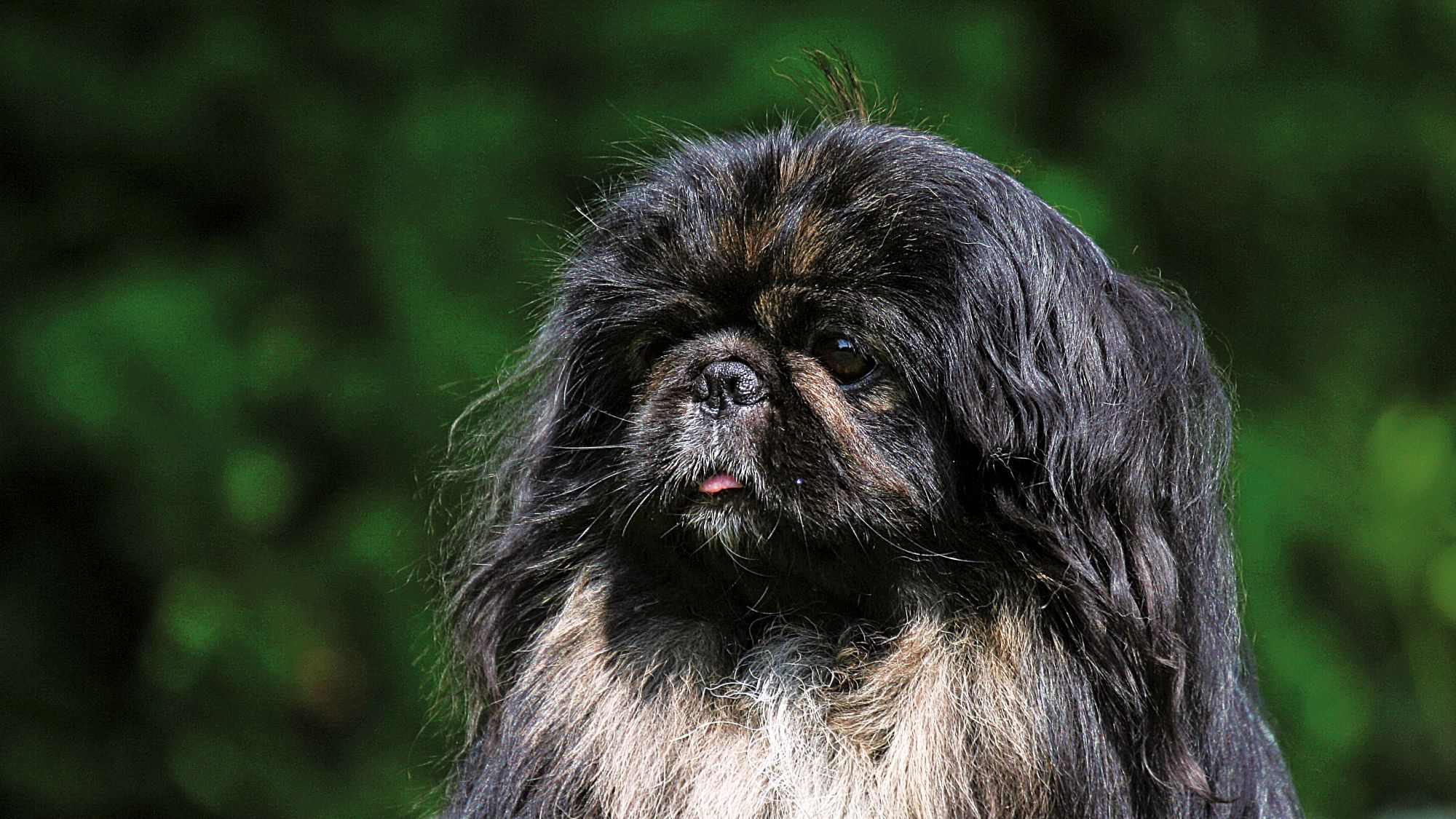
5/7
Things to look out for
From specific breed traits to a general health overview, here are some interesting facts about your Pekingese
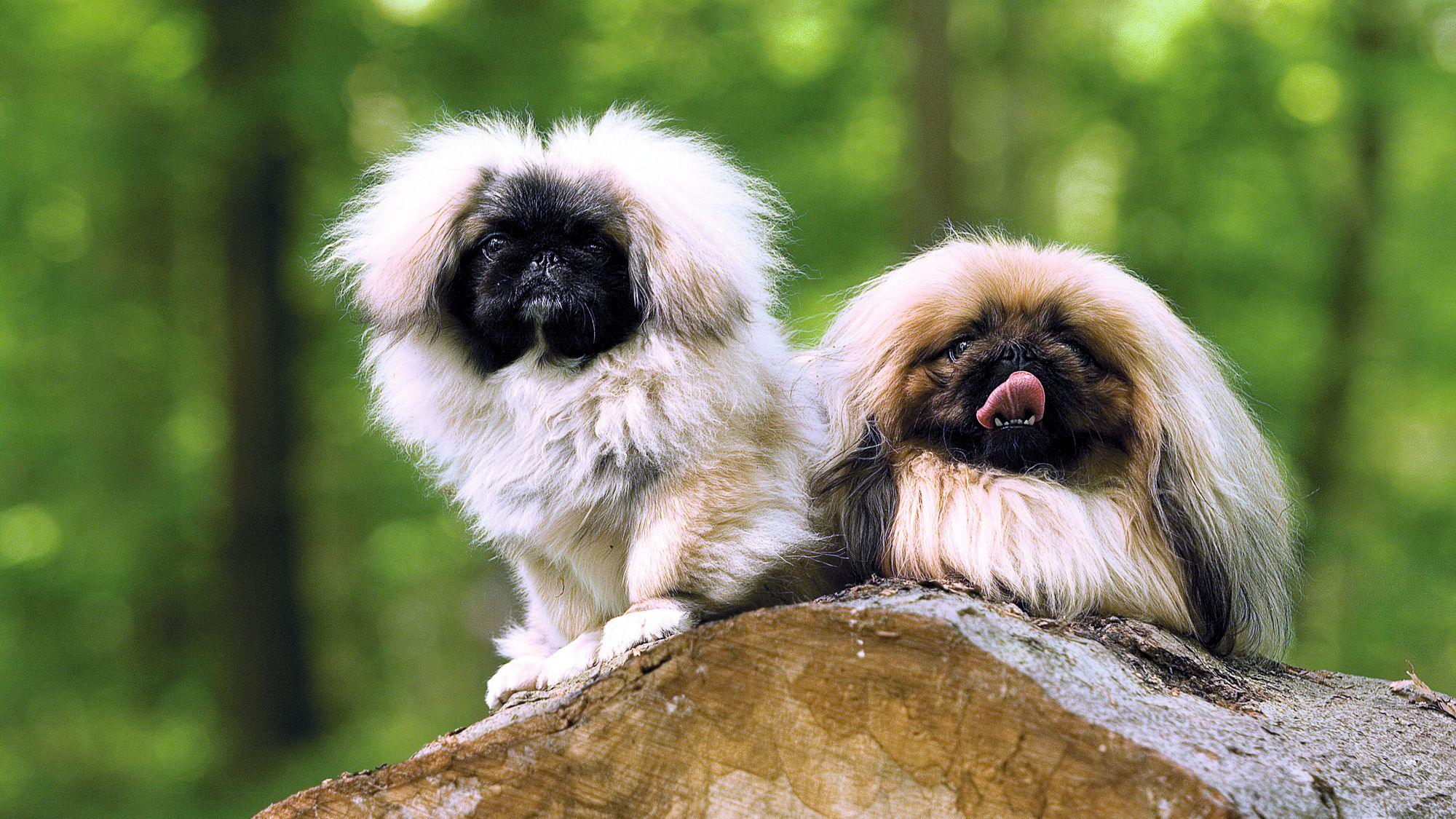
6/7
Caring for your Pekingese
Grooming, training and exercise tips
To properly groom a Pekingese, they require two types of brushing. One weekly brushing of one hour and one daily comb through for the feathering on their legs, ears and tail. Prevent matting by thoroughly brushing both coats, not just the top one. The exercise needs of a Pekingese are low-key, which makes them great for first-time owners or older people. Regular walks (on a leash) to greet the neighbours, as well as the occasional run around the apartment, will suit them just fine. Training a Pekingese may not be a walk in the park, due to their stubborn streak, but the key lies in encouragement. Take a gentle but firm approach, and praise them when they do something you like—they’ll catch on soon enough.7/7
All about Pekingeses
The Pekingese is one of the more vocal breeds, with a tendency to bark. Sometimes, they bark to warn against intruders. One solution is to develop their social skills as early on as possible, as part of their training. The Pekingese may also bark because they are bored or anxious. Take them for a walk or distract them with a chew toy, to help them to relax and take their mind off the problem at hand.
The average lifespan of a Pekingese dog is 13-15 years, with some living even longer. They are a generally healthy breed, so having a healthy diet, going for their vet check-ups and meeting their activity requirements will help make sure they feel good well into their older years.
Read more on this topic


How to adopt a dog

Things to consider before getting a dog
Sources
1 - Veterinary Centers of America https://vcahospitals.com/
2 - Royal Canin Dog Encyclopaedia. Ed 2010 and 2020
3 - Banfield Pet Hospital https://www.banfield.com/
4 - Royal Canin BHN Product Book
5 - American Kennel Club https://www.akc.org/
